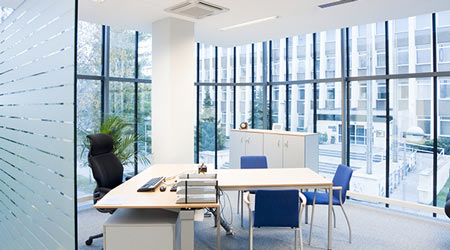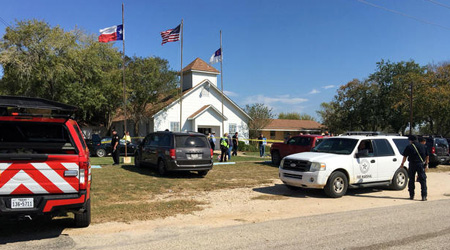
Building Certification Groups Make It Easier for FMs to Apply for Both
November 15, 2017
Two building certification programs with a heavy emphasis on existing buildings — the Fitwel Certification System and the BREEAM USA In-Use standard — will both recognize specific credits, sparing facility managers who apply for both of the programs the time and expense of developing documentation for both.
The new arrangement was announced by the groups responsible for the programs, the Center for Active Design (CfAD)and BREEAM USA.
A briefing paper about the new “crosswalk” says that CfAD and BREEAM USA worked together to compare performance requirements, harmonize evidence, and identify opportunities to streamline the process of achieving dual certification. The result is that the two certification organizations have aligned requirements for evidence needed to earn credits in such areas as:
- promoting amenities located within walking distance
- providing outdoor spaces and common break areas accessible to all regular occupants or employees of a building
- offering a direct walkway to public transportation
- adopting a green purchasing policy.
For these areas, the same evidence can be used to show compliance in both programs, although each organization will still need to review the evidence to ensure that its program requirements are met.
BRE (Building Research Establishment) is a multi-discipline building science center which developed BREEAM in 1990. BREEAM has more certifications than any other green rating system with over 2,250,000 registered projects and over 550,000 certified buildings worldwide across more than 70 countries, according to BRE. In 2016, BRE partnered with BuildingWise to bring the BREEAM standard to the U.S. market.

The Fitwel certification system was created over a five-year period as a joint initiative led by the U.S. Centers for Disease Control and Prevention and the General Services Administration, with its ongoing operations and development led by CfAD. Launched to the private sector in March 2017, Fitwel already has a global imprint, with more than 380 registered and certified projects. Fitwel provides 63 cost effective design and operational strategies for enhancing building environments to improve occupant health and productivity, such as dedicated lactation rooms, accessible stairways, and pest management plans. Each Fitwel strategy is linked to one of seven health impact categories: community health impact, absenteeism reduction, wellbeing promotion, healthy food options, increased physical activity, occupant safety, and social equity for vulnerable populations.
This Quick Read was submitted by Edward Sullivan, editor of Building Operating Management magazine, edward.sullivan@tradepress.com. Click here to read more about wellness strategies for buildings on Facilitiesnet.com.
Next
Read next on FacilitiesNet












